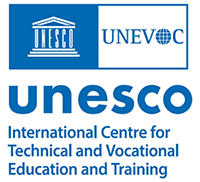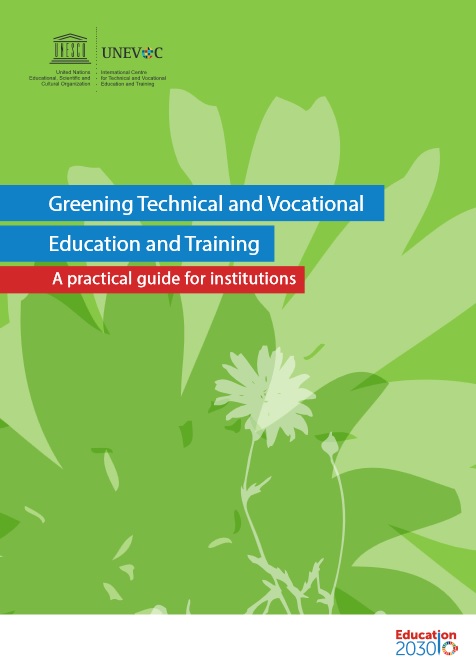
The UNESCO-UNEVOC International Centre: Who We Are | What We Do | Working With Us | Get in Touch
The UNEVOC Network: Learn About the Network | UNEVOC Network Directory
For Members: UNEVOC Centre Dashboard
Thematic Areas: Inclusion and Youth | Digital Transformation | Private Sector Engagement | SDGs and Greening TVET
Our Key Programmes & Projects: BILT: Bridging Innovation and Learning in TVET | Building TVET resilience | TVET Leadership Programme | WYSD: World Youth Skills Day
Past Activities: COVID-19 response | i-hubs project | TVET Global Forums | Virtual Conferences | YEM Knowledge Portal
Our Services & Resources: Publications | TVET Forum | TVET Country Profiles | TVETipedia Glossary | Innovative and Promising Practices | Toolkits for TVET Providers | Entrepreneurial Learning Guide
Events: Major TVET Events | UNEVOC Network News

| Author/s: | UNEVOC/Hopkins & Majumdar |
| Publisher/s: | UNESCO-UNEVOC International Centre |
| Published: | 2017 in Bonn, Germany |
| Licence: | CC BY |
| ISBN: | 978-92-3-100231-1 |
This Guide describes the macro need for TVET reform in conformity with the Sustainable Development Goals, the Global Action Programme (GAP) on Education for Sustainable Development (ESD), and other United Nations, UNESCO and national initiatives. The Guide also provides specific practical help for institutional greening transition teams to plan and carry out the changes that are deemed necessary. It is essential that all such greening undertakings have a clear vision, are known to all those concerned, follow a strategic plan, set targets and milestones, and include a monitoring/assessment tool. The concept of shared vision and team reformation combined with the support of senior leaders is evident throughout this Guide. A major goal is that greening will grow into an ongoing process which is eventually infused into the culture of each institution.
Specifically included in this Guide is a rubric or framework designed for most TVET institutions. The rubric/framework is designed as both an assessment tool and a learning instrument, as it contains clear descriptions of possible goals and destinations. Since TVET institutions and programmes are so varied, these suggested assessment goals are also designed for discussion and adaptation to the specific situation on each site, while modifications are encouraged.
The central theme is Greening the Institution, while also embracing the broader concept of education for sustainable development (ESD). In particular the focus is on the role of TVET in delivering a crucial element of the GAP. By having local teams of leaders, faculty, students and community experts working in concert and infusing the concepts of related educational initiatives, the institution will transition itself into an even more effective and meaningful greening agent for its graduates, its communities and all who are associated with the institution.